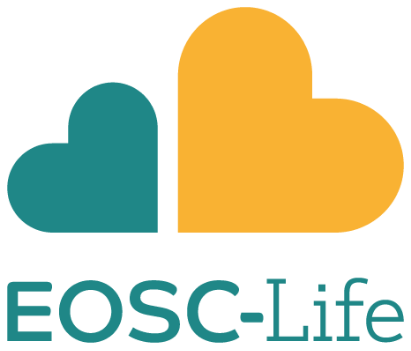Microbiome
A microbiome is the community of microorganisms that can usually be found living together in any given habitat. Microbiome research has grown substantially over the past decade in terms of the range of biomes sampled, identified taxa, and the volume of data derived from the samples.
For any question or discussions related to this topic, or to connect with others in the community, please visit the community chat:
Requirements
Before diving into this topic, we recommend you to have a look at:
Not sure where to start?
Try the Microbiome Learning Pathway! Start Learning
Material
You can view the tutorial materials in different languages by clicking the dropdown icon next to the slides (slides) and tutorial (tutorial) buttons below.Introduction
Start here if you are new to microbiome analyses in Galaxy.
| Lesson | Slides | Hands-on | Recordings | Input dataset | Workflows |
|---|---|---|---|---|---|
|
Introduction to Microbiome Analysis
|
|||||
| Analyses of metagenomics data - The global picture |
Metabarcoding / Amplicon analyses
Taxonomic characterisation of mixed samples using a single gene region.
Metagenomics
Taxonomic and functional characterisation and assembly of mixed samples using whole genome data.
Metatranscriptomics
Taxonomic and functional characterisation of mixed samples using transcriptome data.
| Lesson | Slides | Hands-on | Recordings | Input dataset | Workflows |
|---|---|---|---|---|---|
| Metatranscriptomics analysis using microbiome RNA-seq data | |||||
| Metatranscriptomics analysis using microbiome RNA-seq data (short) |
Metaproteomics
These tutorials are step by step analysis from database generation to the discovery of peptides to verification, quantitation, and interpretation of the results.
| Lesson | Slides | Hands-on | Recordings | Input dataset | Workflows |
|---|---|---|---|---|---|
| Clinical Metaproteomics 1: Database-Generation | |||||
| Clinical Metaproteomics 2: Discovery | |||||
| Clinical Metaproteomics 3: Verification | |||||
| Clinical Metaproteomics 4: Quantitation | |||||
| Clinical Metaproteomics 5: Data Interpretation |
Other
Assorted Tutorials
| Lesson | Slides | Hands-on | Recordings | Input dataset | Workflows |
|---|---|---|---|---|---|
| Identifying Mycorrhizal Fungi from ITS2 sequencing using LotuS2 | |||||
|
Query an annotated mobile genetic element database to identify and annotate genetic elements (e.g. plasmids) in metagenomics data
|
Frequently Asked Questions
Common questions regarding this topic have been collected on a dedicated FAQ page . Common questions related to specific tutorials can be accessed from the tutorials themselves.
Follow topic updates rss-feed with our RSS Feed
Community Resources
Community Home Maintainer HomeEditorial Board
This material is reviewed by our Editorial Board:
Are you on the editorial board or want to help out with this topic? View the topic maintainer page for ways to improve this topic!
Contributors
This material was contributed to by:
Funding
These individuals or organisations provided funding support for the development of this resource



References
- Kozich JJ, Westcott SL, Baxter NT, Highlander SK, Schloss PD.: Development of a dual-index sequencing strategy and curation pipeline for analyzing amplicon sequence data on the MiSeq Illumina sequencing platform. Applied and Environmental Microbiology
- Pablo Yarza, Pelin Yilmaz, Elmar Pruesse, Frank Oliver Glöckner, Wolfgang Ludwig, Karl-Heinz Schleifer, William B. Whitman, Jean Euzéby, Rudolf Amann, Ramon Rosselló-Móra: Uniting the classification of cultured and uncultured bacteria and archaea using 16S rRNA gene sequences.